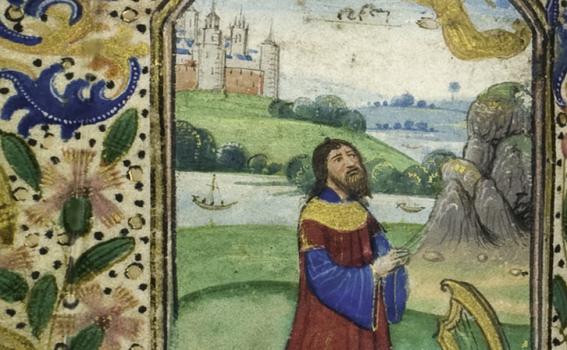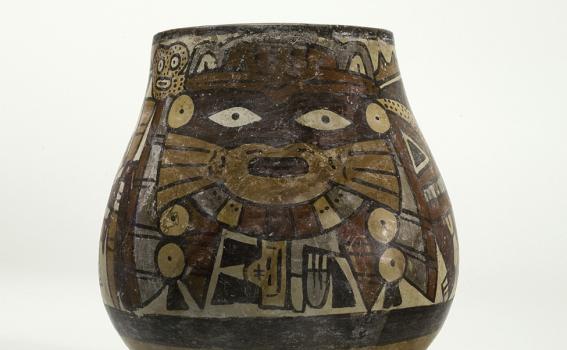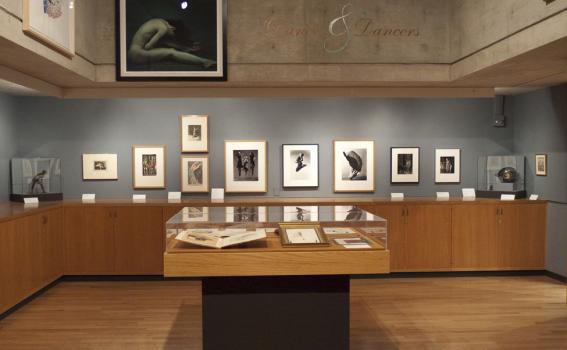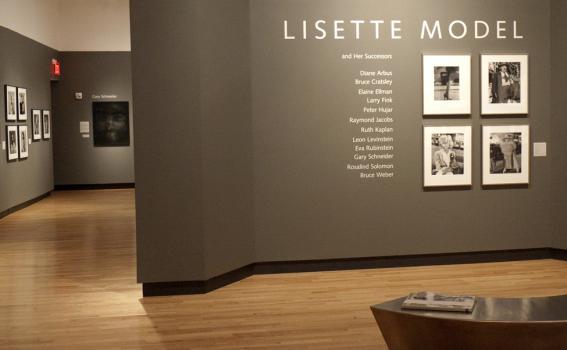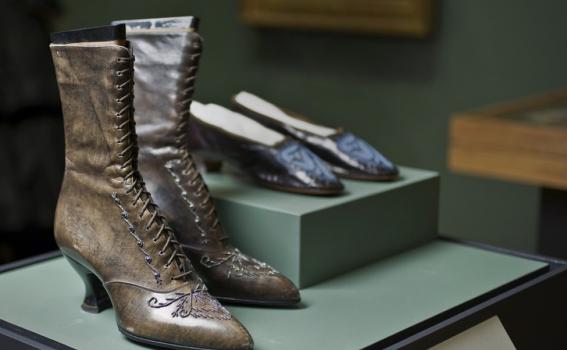Past Exhibitions
Signup for our e-mail announcements and be the first to receive updates on exhibitions and events!
Past Exhibitions
In her 2014 single-channel video, Like Water from a Stone, Mariam Ghani uses performance to illuminate and personify issues around place and culture. The video traces millennia of geological and social changes in Norway, including those wrought by the discovery and extraction of oil.
Leading up to fall 2026, the Mount Holyoke College Art Museum’s 150th anniversary, Museum staff will be working with the campus and community to imagine new methods of display. This full-scale rethink aims to broaden and deepen the stories we are able to share, raise the voices of marginalized communities, and unseat traditional Eurocentric and colonialist perspectives that have dominated museum practices for centuries.
Seventeenth-century Dutch and Flemish painters invested great care in the technical concerns of luminosity, clarity, reflection, and shadow, producing paintings where light and its diverse forms take center stage. The Mount Holyoke College Art Museum holds a rich group of works that demonstrate these interests and the astonishing range of lighting effects that these painters achieved.
This single-work installation presents Silueta Sangrienta, a short film that opens with the artist lying nude, facing upward on the earth’s surface. Her body disappears to reveal a silhouette carved into the muddy surface below, which is then filled with a vibrant red liquid. The title of the film translates to “Bloody Silhouette” in Spanish.
Beninese artist Romuald Hazoumè’s masks are narrative sculptures memorializing people, places, and moments. Composed mostly of plastic gasoline containers and other discarded materials, the masks are a voucher for reuse, resilience, and rebuilding.
Ranging from portraits to fragmented figures, the works in this exhibition serve as meditations on physical and psychological states of being. The suggested presence—and sometimes absence—of the human figure evokes a tension between the mysterious and the concrete, the real and the imagined.
Throughout history, the conceptual boundaries of Indigeneity have been predominantly shaped, broadened, and constrained by settler colonialism, imperialism, and white supremacy.
vanessa german* (b. 1976) is an artist, activist, performer, and poet. THE RAREST BLACK WOMAN ON THE PLANET EARTH is german’s response to the Joseph Allen Skinner Museum, an early 20th-century cabinet of curiosities at Mount Holyoke. For the exhibition, german began with a question: "How do we decolonize a thing, a museum, a collection?" Her answer turned into an emancipatory endeavor: to touch every object in the Skinner collection.
Explore an interactive 3D model of the exhibition as part of our 3D Museum Spring 2022
Rosamond Purcell has spent a lifetime creating photographs, sculpture, and texts about collectors and collections. This exhibition presents photographs from Purcell’s multiyear exploration of the diverse collections accumulated by Joseph Allen Skinner. Purcell’s work reveals new discoveries and finds beauty in the overlooked.
Explore an interactive 3D model of the exhibition as part of our 3D Museum Spring 2022
This exhibition series celebrates the landmark bequest of the Joseph Allen Skinner Museum to the College in 1946.
During the 2019–2020 academic year, eight Mount Holyoke College professors participated in a year-long faculty seminar in collaboration with the museum, and centered on art acquisition. Throughout the year, faculty members engaged in critical dialogue around the pedagogical needs of their classrooms and the resource of the collection, introducing art and material culture new to the museum that would support their teaching.
Alternate Endings: Conversations on Climate Change puts objects from the Museum’s collection in dialogue with new student-created artworks. Student work was on view in the Hinchcliff Reception Hall from January 29 - February 28, 2020, while a selection of artwork from the Museum's permanent collection was on display in the Carson Teaching Gallery from January 29 - February 2, 2020.
A beach in De Haan, Belgium, might seem like an unusual place to think about money and exchange. Yet for nearly a century, French and Flemish speaking boys and girls have gathered here each summer, creating an economy of paper flowers, paid for with handfuls of shells gathered from the shore. The children use shells because, as one of them calmly observes, “children don’t give each other real money . . .
Money comes in a surprising multitude of forms and serves a variety of functions. We can trade it, we can hoard it, we can use it to measure our debts. However, Money Matters: Meaning, Power, and Change in the History of Currency demonstrates that money is much more.
In the Making: The Mount Holyoke College Printmaking Workshop celebrates the work of artists and printers who participated in the College’s Printmaking Workshop between 1984 and 2012. Through the display of preparatory drawings, proofs, and archival images, alongside the stunning prints themselves, the exhibition illuminates the creative modalities underlying each artist’s approach to the medium.
Mount Holyoke Afire examines three devastating blazes that had a significant impact on the College in 1896, 1917, and 1922. This show looks at the photographic record of the original Seminary building, Williston Hall, and Rockefeller Hall before, during, and after the fires and uses objects to reconstruct what daily life was like in these buildings and contextualize what was lost.
The Mount Holyoke College Art Museum is honored to host nine works by 19th and 20th-century African American artists for a special two-year loan from the David C. Driskell Center at the University of Maryland, College Park.
Life/Like presents works from two recent series by emerging artist Martine Gutierrez (American, b. 1989) that consider themes of transformation, intimacy, identity, and reality. A nuanced exploration of gender roles lies at the heart of much of Gutierrez’s work. Her interest in boundaries—especially artificial boundaries—often leads Gutierrez to play with the viewer’s expectations and perception of reality.
Celebrating Ten Years of Teaching with Art
Inspired by the broad interpretative possibility of objects, Major Themes is an innovative, two-year exhibition that brings thought-provoking dialogues from the Museum’s teaching classroom into its public galleries.
Joan Jonas and the Mirror
Once called the “Mother of all Performance Art,” Joan Jonas ’58 has used mirrors in her groundbreaking multimedia works since the late 1960s. From early performances captured on 16mm film, to recent installation pieces, Jonas uses the concept of the mirror to show us that images are not facts, but reflections of our individual imaginations and assumptions.
African American painter and printmaker Curlee Raven Holton reinvents Shakespeare’s Othello in this series of ten etchings, created during an artist residency at the Venice Printmaking Studio in 2012. At once aesthetically decadent and psychologically raw, Holton’s sepia-toned prints explore the inner life and public persona of the Moor of Venice, bringing to his story contemporary ideas about race, identity, and love.
Collection Spotlight
This spotlight features works by photographer and member of the Mandan, Hidatsa, Arikara Nation, Zig Jackson (b. 1957) in conversation with early 20th-century photographs by Edward Curtis (1868-1952) and Adam Clark Vroman (1856-1914). In his work, Jackson challenges deeply ingrained popular concepts of Native Americans and encourages viewers to embrace the narratives that people tell us about themselves.
Curated by Mac Chambers ’19
Spotlight on Quilts
This exhibition features quilts by Sisters in Stitches Joined by the Cloth, a quilting guild with members from the greater Boston area, South Shore, Springfield, and Worcester. These artists depict stories of the African American struggle, from slavery to the racial conflicts of the present day.
Harriet L. and Paul M. Weissman Gallery, Anne Greer and Fredric B. Garonzik Family Gallery, and Gump Family Gallery
The Quilts of Mary Lee Bendolph
The central link in three generations of quiltmakers from Gee’s Bend, Alabama, Mary Lee Bendolph (b. 1935) is celebrated for her bold compositions and improvisational quilting style.
Collection Spotlight
This collection spotlight puts two very different objects in conversation: an optically dazzling 19th-century quilt with the tumbling blocks pattern and artist Michelle Grabner’s 2016 untitled bronze sculpture of a crocheted blanket. Voices, stories, and photographs may fade or disappear with time, yet through these works, tangible and deeply personal objects persist as a mode of communication and connection across generations.
Collection Spotlight
Mary Woolley accomplished many feats in her 36-year term as president of Mount Holyoke College. Today, she is remembered for laying a foundation for LGBTQ inclusiveness at the College.
3D Models Then and Now
Curated by Carla Gonzalez-Vazquez '19, this display features a selection of historical plaster models of geometric surfaces alongside contemporary mathematical models created with 3D printing technology.
Co-sponsored with the Mount Holyoke College Department of Mathematics and Statistics.
Tango for Page Turning
South African artist William Kentridge (b. 1955) is internationally-recognized for his film, drawing, sculpture, animation, and performance. For more than three decades, his work has explored contentious political systems such as colonialism, totalitarianism, and apartheid through powerful allegorical imagery and theater.
Photographs by Berenice Abbott
One of the great photographers of the twentieth century, Berenice Abbott documented the rapidly changing world around her from the streets of New York City to the impact of new scientific discoveries. This exhibition explores Abbott’s groundbreaking images that illustrate fundamental physical laws, which she captured with precision and stark beauty.
Nineteenth-Century Sculpture and Its Afterlives
Presenting more than a dozen statuettes from the Museum’s collection, this exhibition invites viewers to experience a century of European and American sculpture, dating from 1890 to 1990. The works have been selected and researched by Dr. Gülru Çakmak and her students in the seminar “Modernizing Sculpture from Canova to Duchamp,” offered at UMass Amherst in fall 2016.
Collection Spotlight
Thirty years ago, Mount Holyoke College opened its world-class Equestrian Center. Considered one of the best college facilities for competitive riding and riding education in the United States, the building supports Mount Holyoke's top-ranked riding program, which was founded in 1920. This collection spotlight honors the Equestrian Center's anniversary by exploring two objects relating to the tradition and practice of horseback riding.
In 57 BCE, the philosopher and politician Cicero described the Roman home as “the most hallowed place on earth…the center of worship, religion, and domestic ritual.” While many people today are familiar with the Olympian gods and goddesses and the monumental, marble temples of ancient Rome, the religious practice that took place in the privacy of Roman domestic spaces is new to most.
Goodnow Park, the Pepper Box, and Lake Nonotuck
From the mid-1880s to World War I, Goodnow Park, Lake Nonotuck, and the Pepper Box were lively sites of Mount Holyoke College activities. Today these place-names have been all but forgotten. Drawing from the College's Archives and Special Collections, this exhibition highlights a rich collection of postcards, photographs, stereopticon views and glass negatives that offer an excursion into the years between 1879 and 1920.
Recent Acquisitions in Honor of the Mount Holyoke College Art Museum’s 140th Anniversary
The fall of 2016 marks the 140th anniversary of the Mount Holyoke College Art Museum—a milestone shared by only a handful of collegiate art museums in the United States. Since its founding, visionary donors have given countless works of extraordinary beauty and cultural significance to the Museum’s collection. The recent past has been no exception.
Native America and the Early Tourist Market
What should be considered art, and how do we define terms like fine art, decorative art, craft, and utilitarian? This collection spotlight, curated by Mount Holyoke College history major Allyson LaForge ’16 examines 19th- and early 20th-century objects made by Ojibwe, Haida, and Apsáalooke (Crow) craftspeople to discuss a category of material culture often described as tourist items or souvenirs.
Collection Spotlight
Curated by Lynda Teller Pete, a fifth-generation weaver from the Newcomb and Two Grey Hills areas of the Navajo Nation, this collection spotlight focuses on a ca. 1935-1940 Navajo weaving of Yei figures.
Ceremonial Imagery in Navajo Weaving
For Navajo women, the act of weaving has a sacred dimension since, according to tradition, they learned their craft from a supernatural being named Spider Woman. In the distant past, they wove warm blankets for their personal use and, on occasion, for intertribal barter.
Photographs by Joel Meyerowitz, 1979-1989
In the text to his 1985 photo-essay A Summer’s Day, Joel Meyerowitz describes his photographs as “fragile paper timeships dusted with information.” A master of color photography for more than four decades, Meyerowitz catches fleeting sensations in his images, rather than just objects or observations. The source information “dusted” across his prints is often as intangible as his metaphor suggests.
Collection Spotlight
Arnaldo Pomodoro is known for his imposing bronze sculptures in public sites like Vatican City in Rome and the United Nations Plaza in New York. Born in 1926, he began his career in the wake of World War II, as a consultant for the reconstruction of damaged public buildings in his native Italy.
Judy Pfaff 1985/92
The Mount Holyoke College Art Museum recently acquired Judy Pfaff’s Wallabout (1986) and this exhibition celebrates the historical moment in the artist’s career when she made that sculpture. Between 1985 and 1992, Pfaff created large-scale, multi-media works that bridge, both conceptually and physically, the surface of the wall and the space of the gallery.
Illustrating Philosophy
How can a work of art illustrate an abstract philosophical idea?
Exploring themes of absence and abundance, entropy and energy, this new installation brings together highlights from the Museum’s continuously expanding holdings in contemporary art.
Director's Choice
The idea for this exhibition comes from something that the artist Joseph Cornell said: “Who knows what one object will have to say to another?” The joy of working with a broad permanent collection lies in having opportunities to explore the idea that objects—metaphorically—speak to one another when they are on display.
Collection Spotlight
Ellen Lanyon (1926-2013) was a celebrated artist associated with a movement of representational painters known as the Chicago Imagists. She created fantastical works throughout her sixty-year career, including the series on view, titled Beyond the Borders, which captures Lanyon’s fascination with both design and the natural world.
An Artistic Legacy in Prints
Featuring 23 woodblock prints, this exhibition explores the establishment and development of the printmaking tradition of the Yoshida family, which produced multiple generations of print makers. In the 1920s, Yoshida Hiroshi—the key figure of this exhibition—turned to printmaking from his original oil-painting training and created a series of naturalistic prints that attracted domestic and international collectors.
Collection Spotlight
An installation of Carrie Mae Weems’s I Looked and Looked to See What So Terrified You (2006) continues the Museum’s series of permanent collection spotlights this fall. In this diptych, the artist portrays herself wearing a beautifully quilted dress as she looks into a handheld mirror. Each panel is the mirror image of the other. Typical of Weems’s conceptual photography, the images operate on several levels simultaneously.
by Ellsworth Kelly, 1964-66
Ellsworth Kelly began making lithographs in Paris with Maeght Editions in 1964 and over the next few years created a seminal body of work. This exhibition focuses on the series of botanical images the artist made during this period. These works are both an homage to and bold departure from Matisse’s evocative line drawings.
Curated by John R. Stomberg, Florence Finch Abbott Director
Curated by Ellsworth Kelly from The Pierre and Tana Matisse Foundation Collection
Henri Matisse drew constantly, and his direct, elegant draftsmanship has become a hallmark of modern art. This exhibition features Matisse drawings from across 50 years: 1900-1950. We thank Ellsworth Kelly for making a brilliant and discerning selection and for conceiving a stunning presentation of these drawings.
Contextualizing 6,000 Years of Ceramics
Through innovation and exchange, vessels made of clay have contributed to the lives of people all across the economic spectrum, through time, and across the world. This exhibition highlights the ceramic collection of the Mount Holyoke College Art Museum, which spans five continents and six thousand years.
Walker Evans and Henri Cartier-Bresson
Inside/Outside explores the contrasting photographic sensibilities of Walker Evans and Henri Cartier-Bresson in the middle of the twentieth century. Although the two men knew and respected each other and even exhibited together, they could not have been more different in their ways with the camera. For Evans, a bookish Midwesterner, photography was a deliberate art.
New Worlds
This exhibition features six of Anatsui’s large-scale sculptures—five are wall mounted and one extends into the viewers’ space across the floor. The works are all constructed in Anatsui’s signature technique of joining the bands and caps of liquor bottles into broad expanses of flexible sculpture.
A Collection Spotlight
This collection spotlight features an iconic piece of early 18th-century Massachusetts furniture, the Museum’s “EK” Hadley chest. This examination of the object explores the design and construction that defines this furniture tradition, the provenance of the Museum’s example, and the significance of these objects that were commissioned for young Western Massachusetts women.
A Collection Spotlight
In celebration of the continuing fascination with Bierstadt’s painting, Hetch Hetchy Canyon, this spring the Museum will feature its iconic work alongside special guests in a Collection Spotlight. On loan from private collection, two of the artist’s other western paintings will also be on display. These loans demonstrate Bierstadt’s continuing concern with the plight of the natural world and provide context for artist and his work.
Photographs Along the New England Trail/ Barbara Bosworth
TO BE AT THE FARTHER EDGE: Photographs along the New England Trail/Barbara Bosworth is presented by the National Park Service in cooperation with the Appalachian Mountain Club and the Connecticut Forest & Park Association.
The Italian Chiaroscuro Woodcut
Layering impressions from multiple carved blocks, the chiaroscuro woodcut is hardly discernible as a relief print, but instead appears to be fashioned with a painter’s fluid brush. These remarkable prints reveal the intricate commercial relationship between painters, woodcarvers, publishers, and patrons, and explore the timeless debate of what is an original work of art.
Of Echoes and Grace
Using pictures she finds in books, magazines, and catalogues as raw material, the artist Lorna Bieber transforms images through copying and cropping, expanding and contracting, until she has individual elements that fit into her vision for a completed work. Her multi-paneled montages rely on the relationships between the parts to create complexity.
Landscapes from the Permanent Collection
Although landscapes are often seen as views of static and unchanging nature, in fact they are engaged with and affected by human processes, both visible and unseen. Landscape art interprets, edits, and updates space; it is necessarily viewed and considered through the human eye.
This World Through the Lens of New Media Art
The Mount Holyoke College Art Museum and Streaming Museum have collaborated to produce an exhibition entitled Brave New Perspectives: This World Through the Lens of New Media Art. The exhibition superimposes four new media works with questions designed to encourage visitors to critically engage with new media art. An accompanying blog, accessible via an iPad mounted in the exhibition space, further encourages dialogue.
An Andy Warhol Production
Andy Warhol once pinpointed the ideal condition for taking a good picture. Thinking of paparazzi out to catch “a famous person doing something unfamous,” the artist perversely suggested that the key to photography was “being in the right place at the wrong time.
This exhibition explores the multiplicity of views of Rome that appear in prints produced from the 16th to the 18th century. Artists such as Giovanni Battista Piranesi captured the shifting balance between ancient and modern that defined the Eternal City as it went through three centuries of extensive changes.
Harper's Pictorial History of the Civil War (Annotated)
Throughout her career, Kara Walker has combined exquisite technique with biting social commentary. Her large-scale print suite Harper’s Pictorial History of the Civil War (Annotated) is considered by many to be her quintessential work in a multiple format and among the most important works in her oeuvre to date.
Faces of the Ancient Americas
To 16th-century European observers, artifacts of indigenous Mesoamerican and South American peoples possessed a scintillating foreignness that was simultaneously alluring and frightening. The perceived primitiveness of these objects persisted for centuries, with the first exhibitions of Ancient American art not appearing in the United States until the 1930s and ‘40s.
The Janet Hickey Tague '66 Collection
This exhibition features a selection of outstanding works on paper by prominent African American artists, all produced at the acclaimed Experimental Printmaking Institute (EPI) at Lafayette College in Easton, Pennsylvania. On view are a range of printmaking processes including serigraphs, relief prints, color etchings, and lithographs by eight internationally renowned artists: Emma Amos, David C.
Contemporary Art from the Collection
The contemporary relief sculptures brought together in this exhibition are of many descriptions. Though relief is probably not the first form that comes to mind when we think of contemporary art, it is actually quite prevalent.
The 2012 Mount Holyoke College Studio Art Faculty Exhibition
The Art Museum is honored to feature this exhibition of recent work by the studio art faculty of Mount Holyoke College.
World Documents brings together the work and ideas of important, thoughtful, and eloquent contemporary photographers. Presenting their work as competing approaches to the practice of documentary photography, it places their projects in a global setting and meditates on the possibilities and limitations facing the socially concerned photographer today.
Selections from the Permanent Collection
Two landmark projects transformed American photography in 1955. In that year, Edward Steichen unveiled a blockbuster exhibition called The Family of Man at the Museum of Modern Art in New York.
Arts of the Ancient Americas
“All the days of my life I have seen nothing that rejoiced my heart so much as these things, for I saw amongst them wonderful works of art, and I marveled at the subtle Ingenia of people in foreign lands.”
How does one gain an understanding of antiquity from looking at works of art? In a series of thematic groupings of objects from ancient Greece and Rome, Reconstructing Antiquity explores daily life in the ancient world, representations of ancient women, and aspects of storytelling and mythology.
From the tilling of the soil to the washing of the dishes, nearly every step in food's journey from production to consumption has been represented in the visual arts. Whether planted or hunted, cooked or purchased, eaten as basic sustenance or in celebration, food has worked its way into numerous prints, drawings, and photographs, as the focus of a composition or as an accessory.
Rituals, Remedies, and Revelry
Wine has been instrumental in nurturing the human spirit since ancient times. No beverage or potion has a longer history than wine, whose transformative effects on both body and spirit were recognized from its beginnings in the Neolithic age. But until recently, no serious art exhibition coupled the histories of wine and art in a cross-disciplinary fashion.
Photography Goes Public
In 1930s America, a newly defined mode of photographic expression, “documentary,” tried to address the extraordinary trauma visited upon common people, who were daily struggling with poverty and hunger, disenfranchisement and displacement. Documentary photography, then and in subsequent generations, helped Americans understand the Great Depression and, at a time when the promises of industrial capitalism seemed in doubt, helped them interpret
Exploring The Art of Devotion
The expressive power of visual art to articulate important religious values as well as complicated spiritual beliefs has been utilized by artists throughout the ages. From elaborate sculptures representing important deities, to paintings of sacred spaces, to small vessels that mediate contact between the earthly realm and the divine, devotional artwork has served an essential function for those pursuing spiritual understanding.
Making Connections
How do culture, medium, and time period influence the depiction of a subject? Focusing on new purchases and gifts that reinterpret works from the collection, the exhibition Crossing Boundaries/Making Connections and its companion brochure cluster works across time and geography into nine groups and examines contextual influence
Panel Painting in Early Renaissance Italy
At heart a collaborative venture, the creation of early fifteenth-century panel paintings in Italy depended upon a tight network of connections between patrons, painters, woodworkers, and gilders. The product of these interactions was an object that served both as a focus for devotion, and as an emphatic statement about wealth and status.
Dance & Dancers features both well-known and seldom-seen treasures from the Museum’s collection, a few judicious loans, and some outstanding new acquisitions appearing in the galleries for the first time. The Museum’s holdings now number over 15,000, but only a small selection are on view at any given time for reasons of space and conservation. Thematically based shows like this one provide a welcome occasion to explore the coll
Lisette Model and Her Successors brings together for the first time a selection of 120 vintage works by Lisette Model, one of the last century's most significant photographers together with 12 of her illustrious students who went on to leave their own marks on American photographic history: Diane Arbus, Bruce Cratsley, Elaine Ellman, Larry Fink, Peter Hujar, Raymond Jacobs, Ruth Kaplan, Leon Levinstein, Eva Rubinstein, Gary Schneider,
Works on Paper
How do our particular memories, histories and traditions inform us as individuals and shape the marks we leave on the world? For more than 40 years, Faith Ringgold has been formulating answers to this question in the paintings, sculptures, drawings, prints, and—perhaps most famously—quilts in which she documents her experiences as an African-American woman, mother, daughter, and artist.
Women, Work, and Wardrobe 1865-1940
Images of women portrayed as professionals, athletes and intellectuals are common today, but until the late nineteenth century, such representations of strong self-reliant women were virtually absent from the visual arts and literature. What Can a Woman Do?, provides an engaging and informative window into the ways that women’s identities and attitudes are forged on the stage of visual culture.

 Give
Give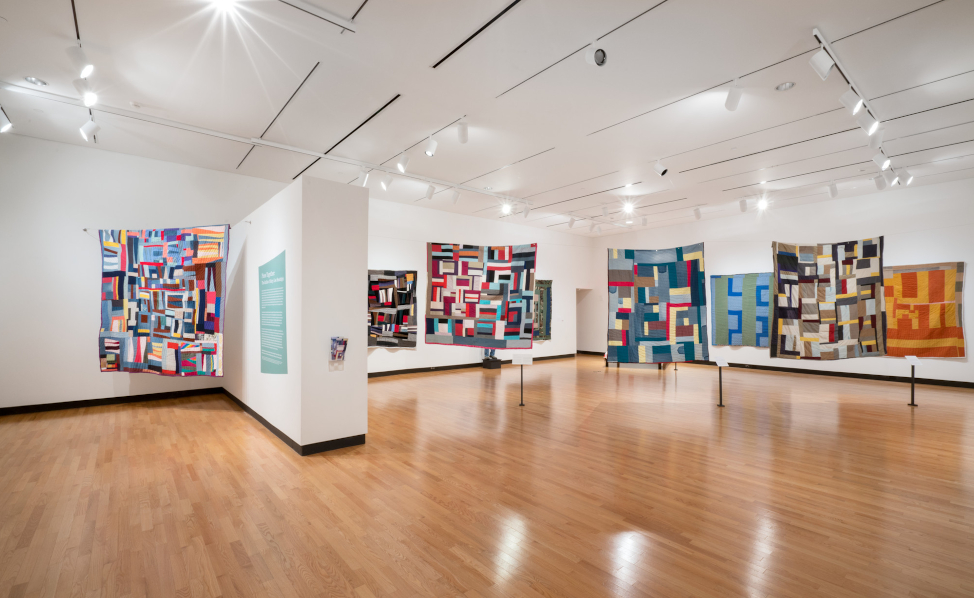


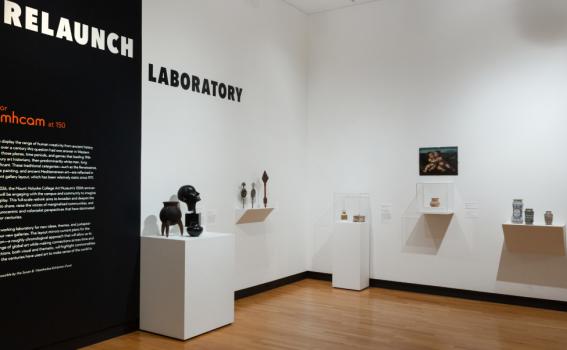


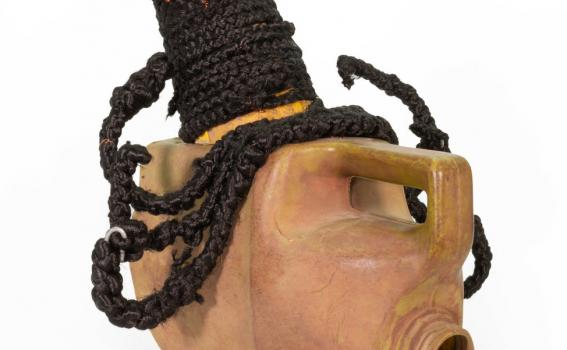
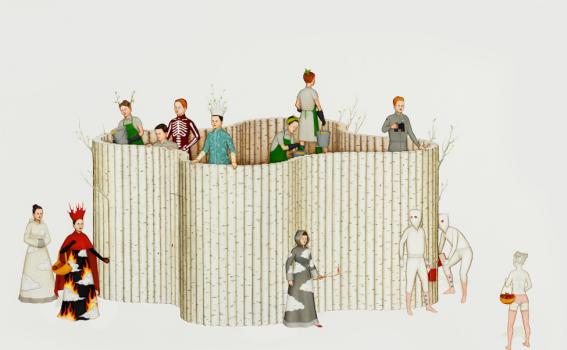
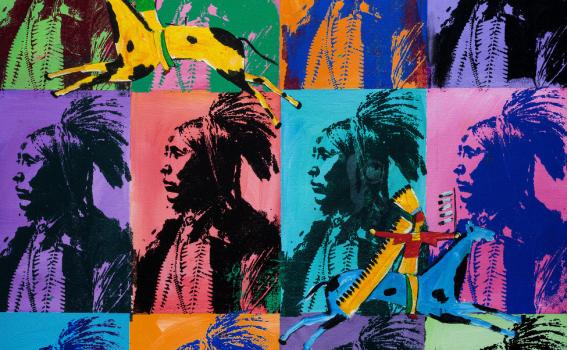
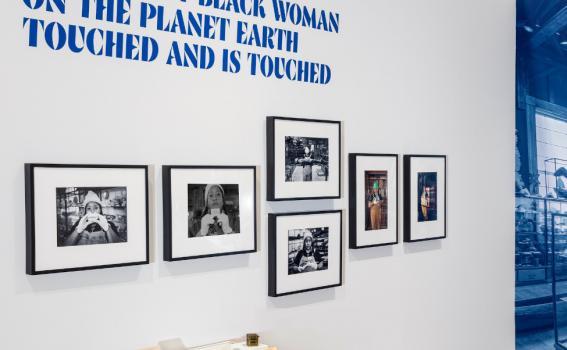
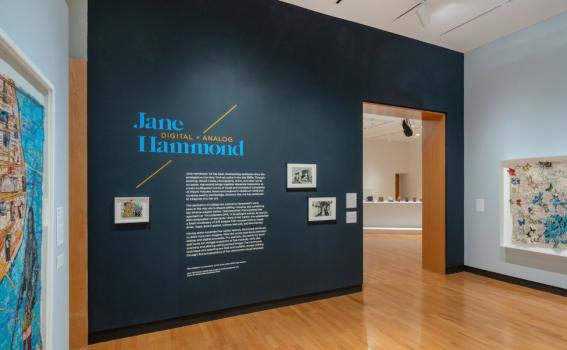
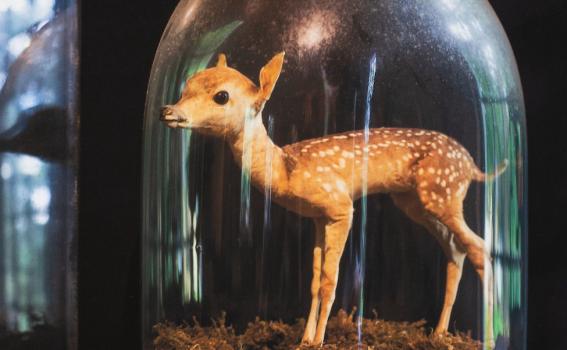
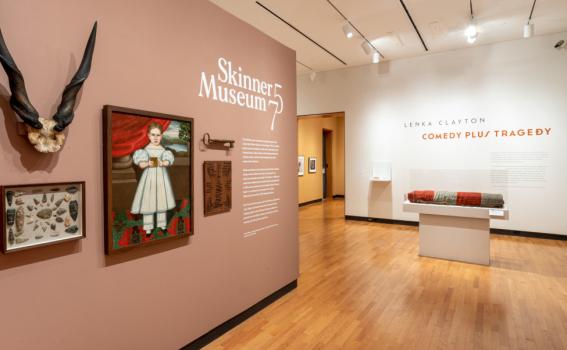





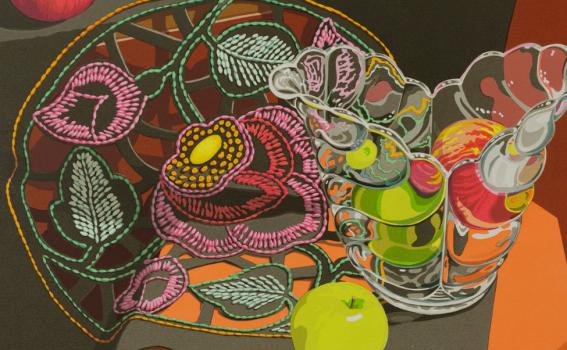
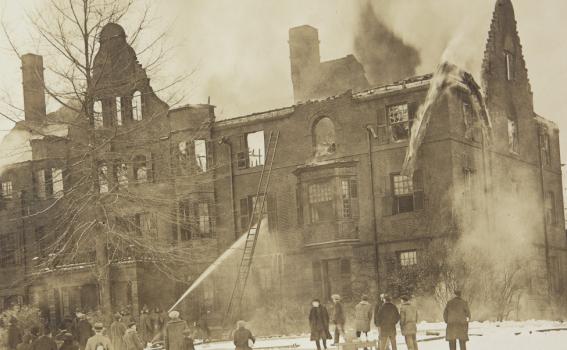
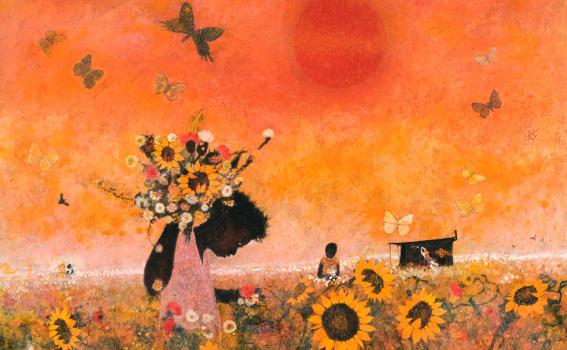
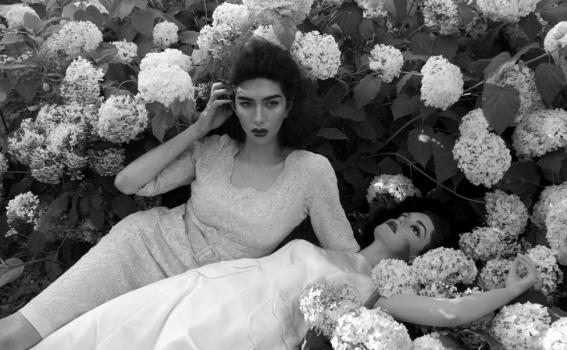
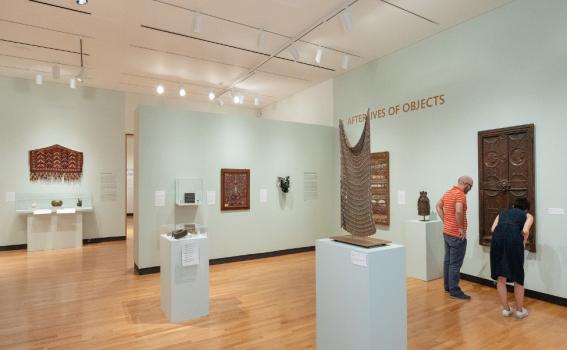
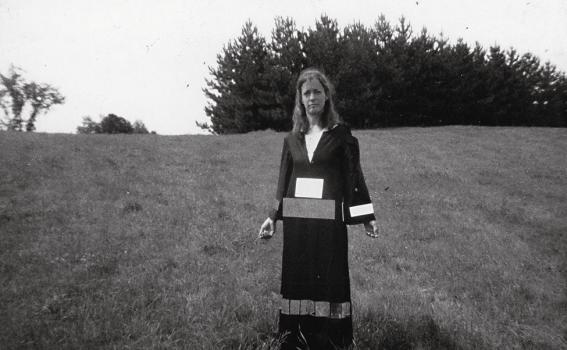
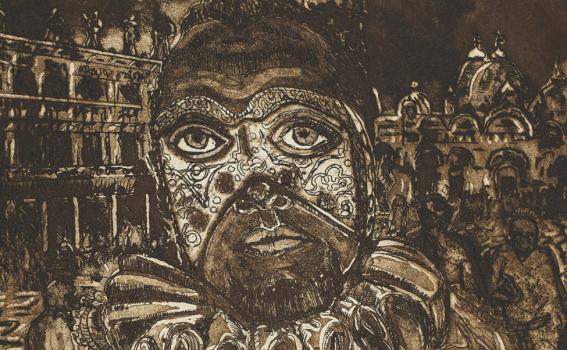
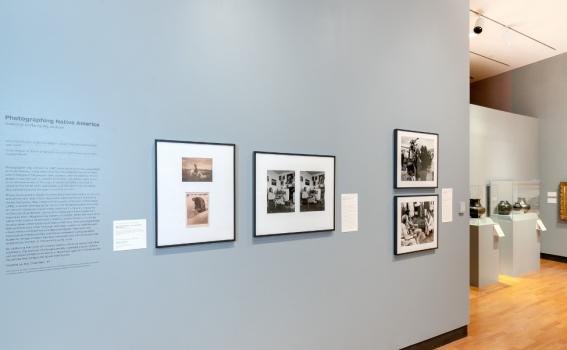
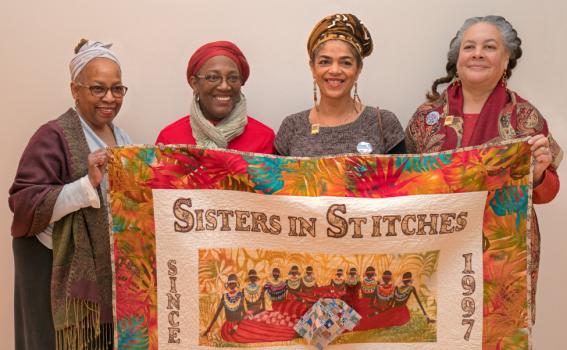
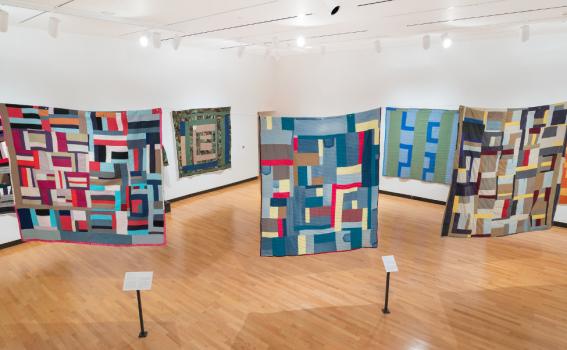

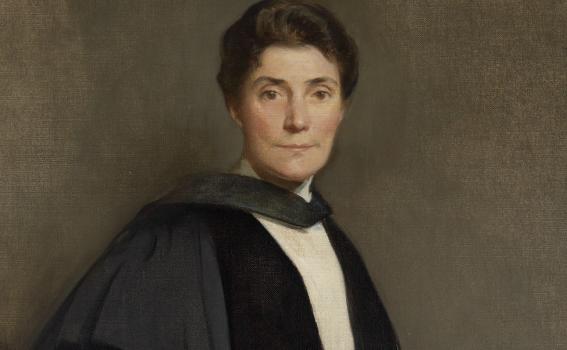
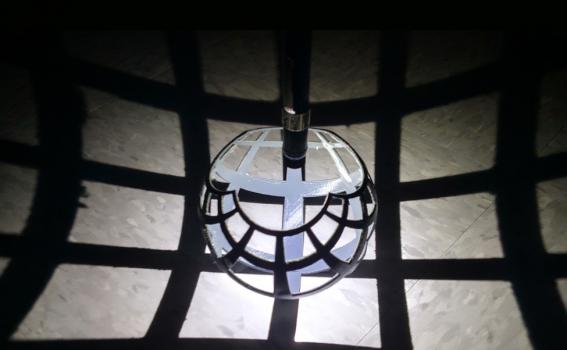

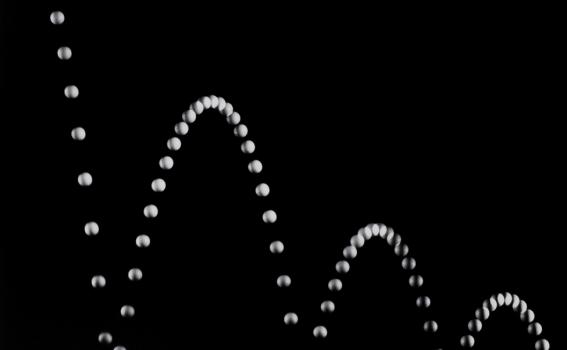



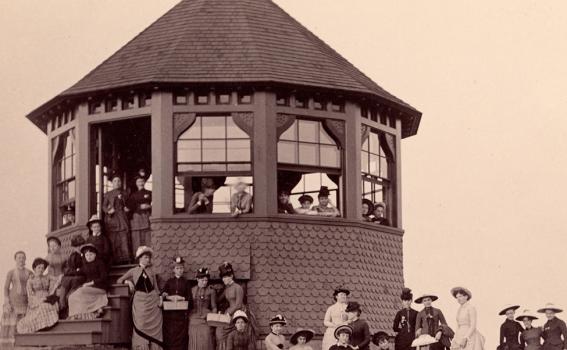



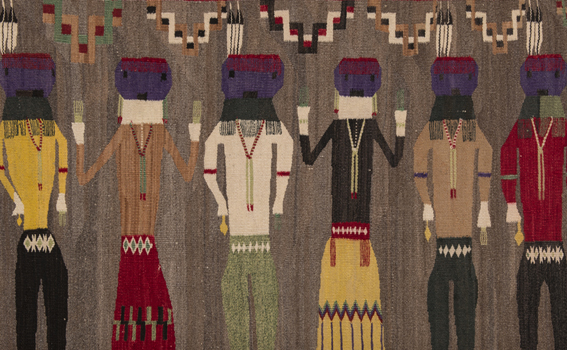





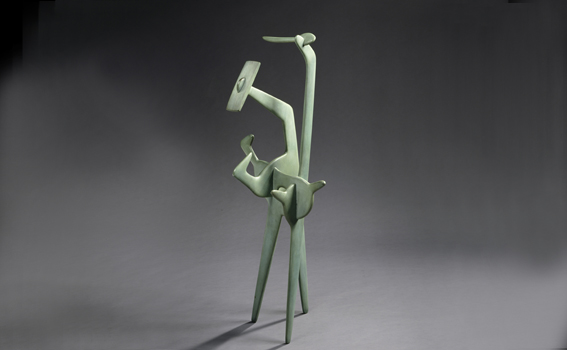
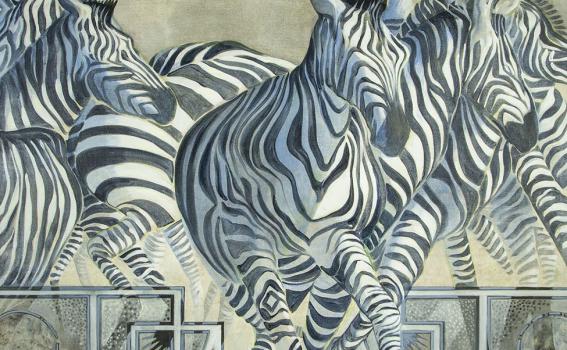
![Yoshida Hiroshi (Japanese, 1876-1950), Hansen: Asa [Sailboats: Morning], from the series Seto Naikai Shū [Inland Sea Collection], 1926 Yoshida Hiroshi (Japanese, 1876-1950), Hansen: Asa [Sailboats: Morning], from the series Seto Naikai Shū [Inland Sea Collection], 1926](https://artmuseum.mtholyoke.edu/sites/default/files/styles/events_list_image/public/images/mh_1964_108_q_rii_v1-hpr_med.jpg?itok=-WtklPRr)
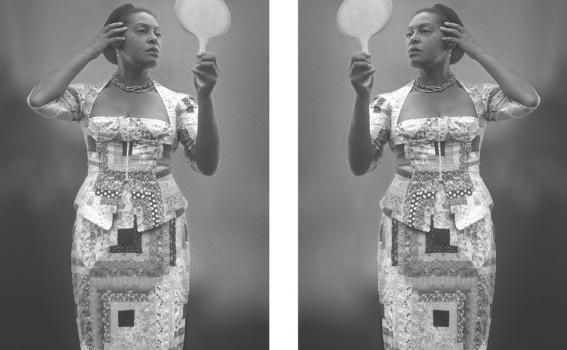
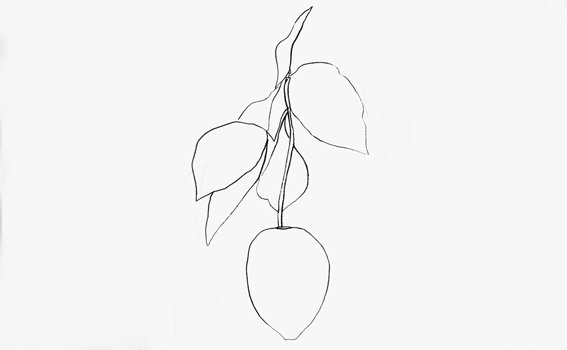
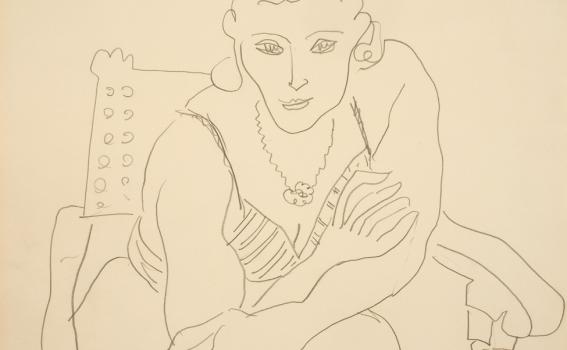
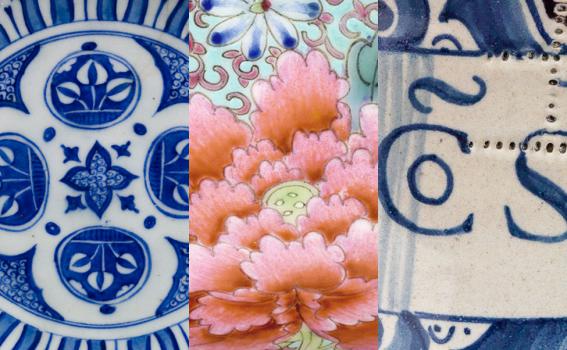
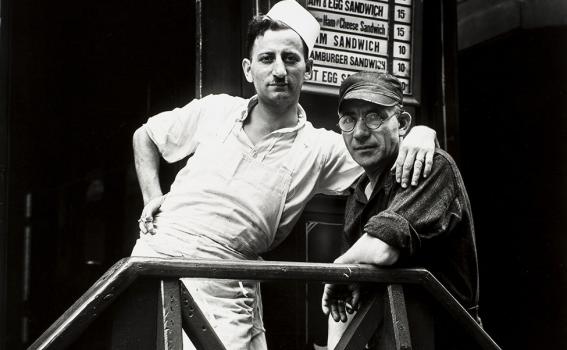
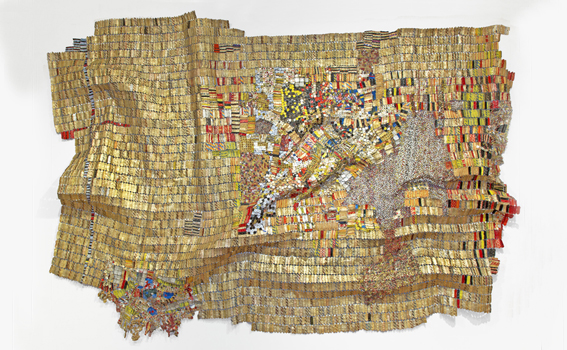


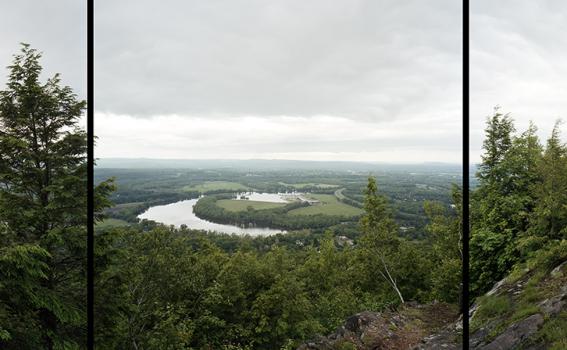
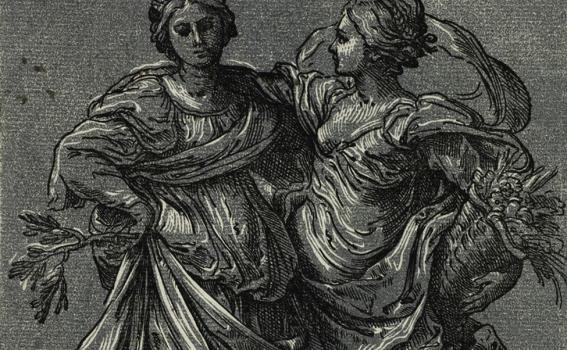
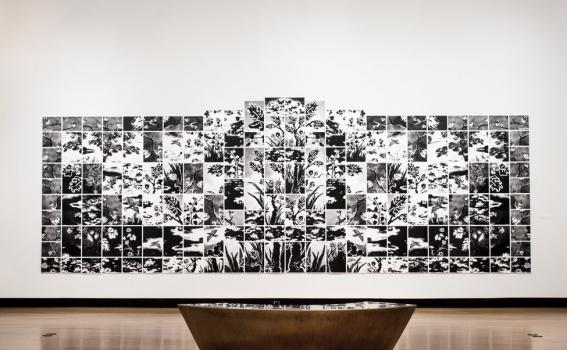
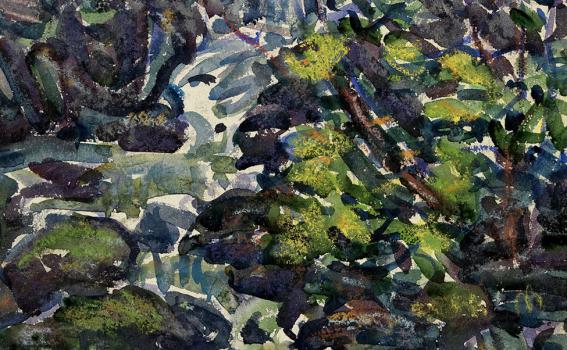
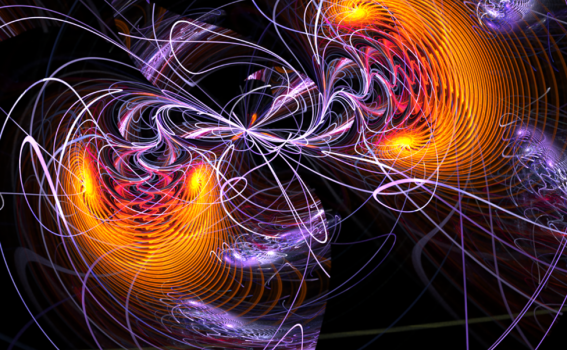

![Giovanni Battista Piranesi (Italian, 1720-1778), Arco di Settimio Severo [The Arch of Septimius Severus] from the series Vedute di Roma [Views of Rome], 1759 Giovanni Battista Piranesi (Italian, 1720-1778), Arco di Settimio Severo [The Arch of Septimius Severus] from the series Vedute di Roma [Views of Rome], 1759](https://artmuseum.mtholyoke.edu/sites/default/files/styles/events_list_image/public/images/mh_1972_74_6_p_rii_v1.jpg?itok=oClrVujO)
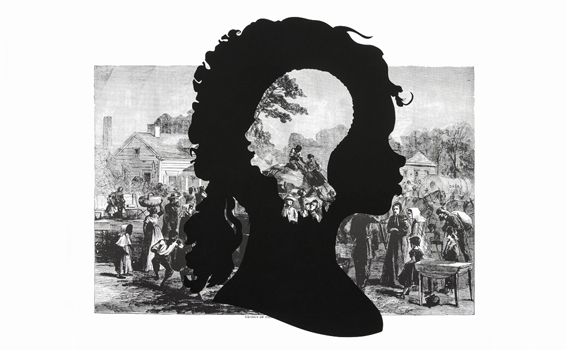


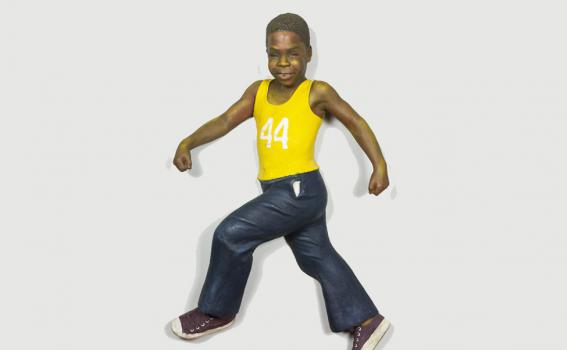

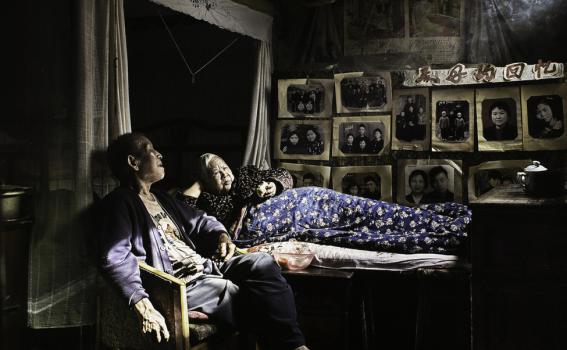
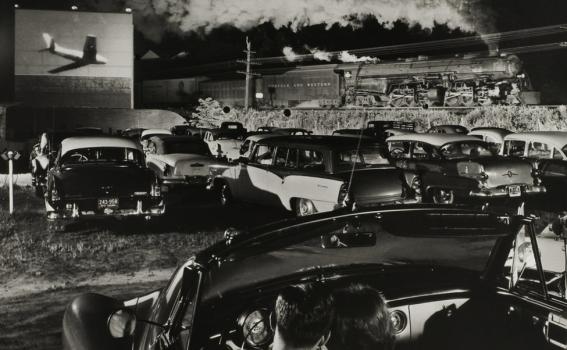
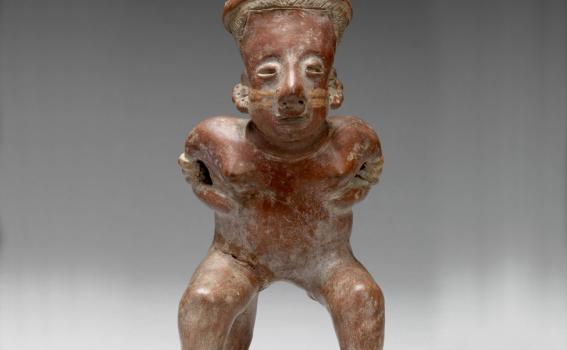
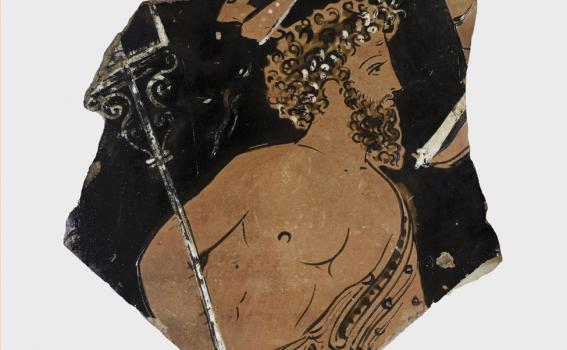
![Isoda Koryūsai (Japanese, 1735-1790), A party in the Yoshiwara, from the series Shikidō tokkumi jūni-tsugai [Twelve bouts of lovemaking] Isoda Koryūsai (Japanese, 1735-1790), A party in the Yoshiwara, from the series Shikidō tokkumi jūni-tsugai [Twelve bouts of lovemaking]](https://artmuseum.mtholyoke.edu/sites/default/files/styles/events_list_image/public/images/seed_mh_1973_321_q_rii_v1-hpr.jpg?itok=-jwH_L-v)


